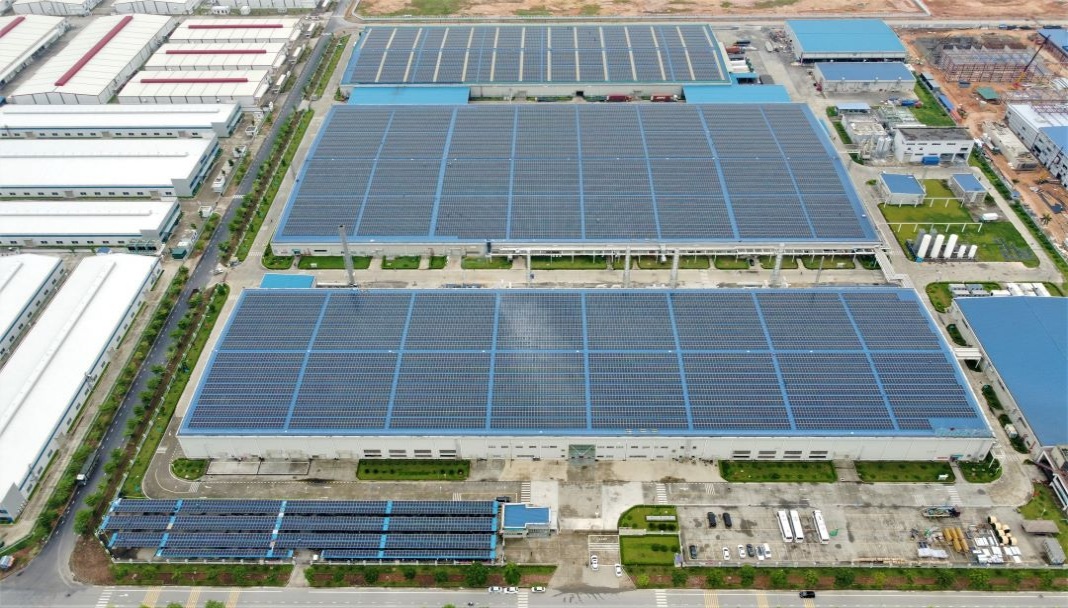HCMC – The Ministry of Industry and Trade has introduced a new pricing method for excess power generated by solar panels on the rooftops of homes and office buildings, which could exceed the previously proposed rate of VND671 per kWh.
The ministry recently submitted a report to Deputy Prime Minister Tran Hong Ha on the draft decree for self-produced and self-consumed rooftop solar power, outlining two options for feeding excess electricity into the national grid.
In the first option, excess power from self-produced rooftop solar systems can be sold to the national grid, with the amount not exceeding 20% of the system’s capacity in the northern region and 10% in other regions.
The second option allows excess power generated by solar panels on homes and office buildings to be sold to the national grid, with the amount not exceeding 10% of the installed capacity.
Vietnam Electricity Group (EVN) will pay for the surplus electricity fed into the national grid according to the specified capacity ratio. The purchase price will be equal to or less than the average market electricity price of the previous year, as agreed upon by the parties involved.
According to EVN, the average market electricity price for 2023 is VND1,091.9 per kWh. If this option is implemented, the price for rooftop solar power will not be fixed at VND671 per kWh.
Recently, the Ministry of Industry and Trade proposed a provisional purchase price for excess power generated by solar panels on homes and office buildings to feed into the national grid at VND671 per kWh. However, Deputy Prime Minister Tran Hong Ha asked them to consider mechanisms for adjustment or to use the lowest competitive market price at the time of purchase.
Currently, the country has over 103,000 rooftop solar projects with a total installed capacity of more than 9,500 MW. According to the National Power Development Plan VIII, the capacity of this type of energy is expected to increase by 2,600 MW by 2030.









